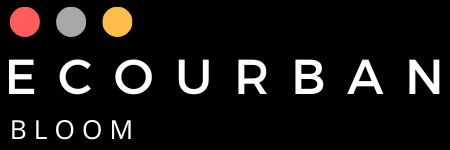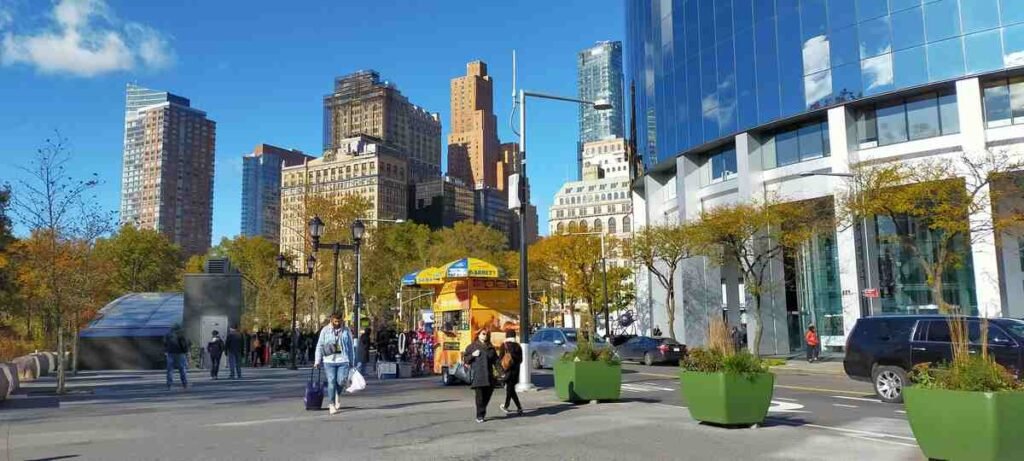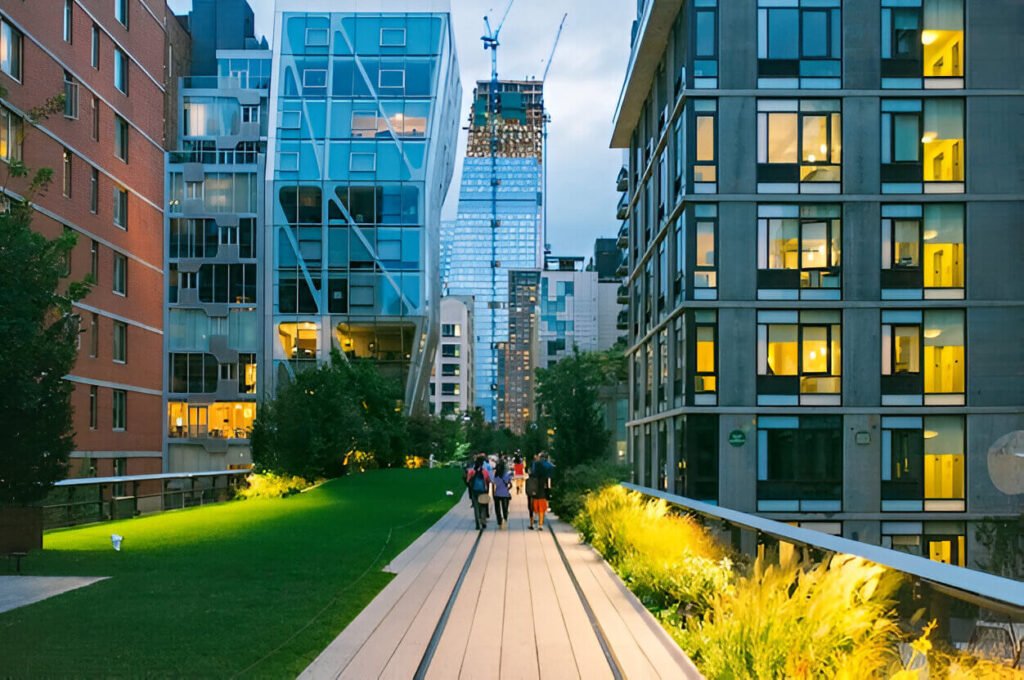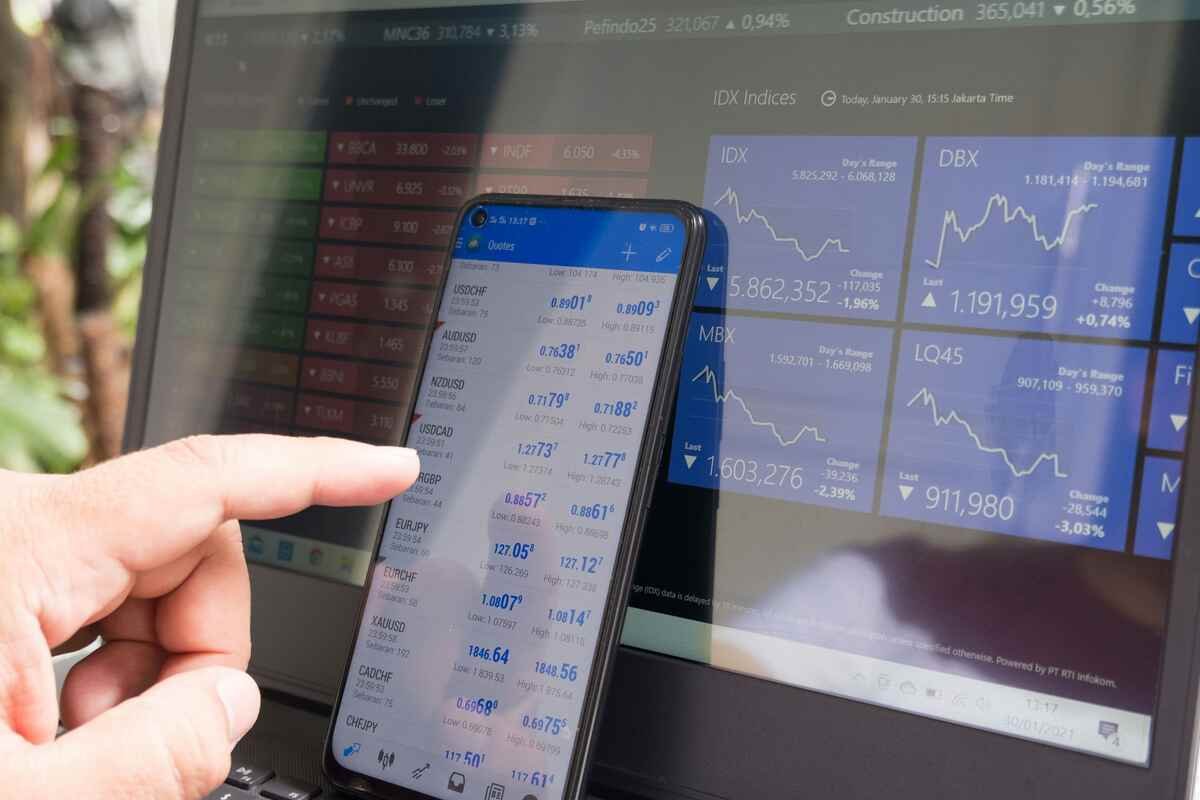Now Reading: Asphalt Green & Battery Park City: Urban Green Models
-
01
Asphalt Green & Battery Park City: Urban Green Models
Asphalt Green & Battery Park City: Urban Green Models
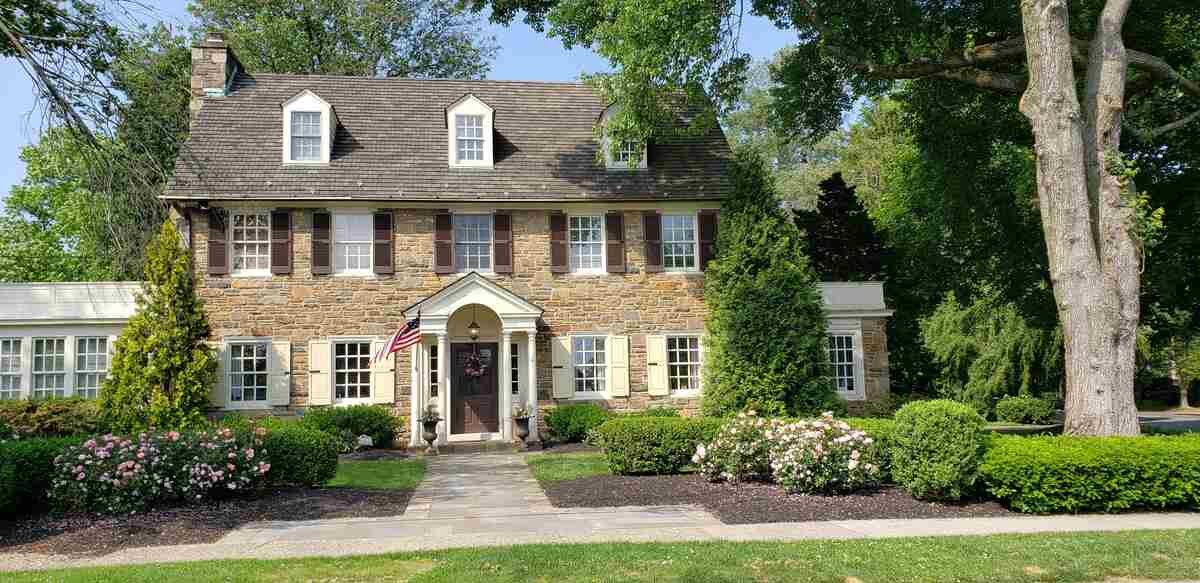
In the face of rapid urbanization and climate change, cities around the world are urgently seeking innovative strategies to build more resilient, livable, and sustainable environments. Among the shining examples of success in this arena are Asphalt Green and Battery Park City in New York. These two dynamic urban zones not only provide access to recreational and community services but also demonstrate how green infrastructure can transform city landscapes into models of resilience.
This article explores how Asphalt Green and Battery Park City contribute to the concept of green cities and why their model is worth replicating in other parts of the world.
What is a Green City?
Before diving into specific examples, it’s important to define what we mean by a “green city.” A green city integrates environmentally sustainable practices into every layer of urban development—from renewable energy and green buildings to pedestrian-friendly streets and community spaces that promote health and well-being. It also includes efforts to preserve biodiversity, improve air and water quality, and engage citizens in eco-conscious living.
A truly green city is more than just a collection of parks or LEED-certified buildings—it’s a coordinated vision that considers nature as an essential part of the urban fabric. From transportation systems to urban farming, every facet of city life can be designed with sustainability in mind.
Asphalt Green: A Community Model for Urban Health & Sustainability
Asphalt Green is a nonprofit organization with campuses on the Upper East Side and in Battery Park City. Initially developed as a recycling center, it has now evolved into one of the top fitness centers in New York City that champions sustainable living through sports, wellness, and education.
Key Features:
- Energy-Efficient Buildings: The Asphalt Green facilities use eco-friendly materials and lighting systems that minimize their carbon footprint.
- Community Health Programs: Programs such as “Recess Enhancement” promote physical activity among schoolchildren, improving both mental and physical health.
- Urban Greening: Surrounding green spaces and rooftop gardens reduce heat islands and improve air quality.
Asphalt Green offers a successful blueprint of how multi-use community centers can be hubs of both sustainability and well-being in densely populated cities.
Battery Park City: A Living Laboratory of Sustainability
Situated along the Hudson River, Battery Park City (BPC) stands as a masterclass in sustainable urban planning. This planned community has been recognized globally for its pioneering green building standards and climate resilience initiatives.
Green Building Leadership
Battery Park City was one of the first districts in the U.S. to adopt LEED (Leadership in Energy and Environmental Design) requirements for all new developments. Features include:
- Green roofs
- Rainwater harvesting systems
- Solar panels and wind energy pilots
- Smart energy management systems
Climate Resilience
Battery Park City is also designed to withstand flooding and rising sea levels—a concern that has become increasingly urgent after events like Hurricane Sandy.
- BPC Resiliency Projects include a comprehensive coastal protection system
- Permeable pavements and elevated landscaping minimize flood damage
Why These Models Matter

Image by Freepik
The integration of recreational health centers like Asphalt Green and eco-conscious city planning as seen in Battery Park City shows that sustainable development doesn’t have to compromise functionality or aesthetics. Instead, it enhances urban life.
In addition to providing environmental benefits, green infrastructure offers the following advantages:
- Reduces healthcare costs
- Increases property value
- Encourages community engagement
- Supports local biodiversity
These are not just abstract ideals. They are practical, real-world benefits that every city can realize with proper planning and commitment.
Connecting Sustainability to Lifestyle: Eco-Luxury Inspiration
Green city development also intersects with the concept of sustainable luxury. At sustainable fashion choices and eco-luxury living, we explore how eco-conscious decisions can elevate everyday living. A prime example is our spotlight on Eco Cashmere by Vintage Gepard, where luxury meets sustainability through ethical production practices.
This approach reflects the same philosophy driving places like Battery Park City and Asphalt Green—where sustainability is woven into the fabric of daily life, from the clothes we wear to the places we live and play.
Green Innovation and Urban Policy: What’s Next?
To scale successful models like Asphalt Green and Battery Park City, urban policymakers, architects, and community leaders must work collaboratively. This involves:
- Offering tax incentives for green buildings
- Expanding access to green public spaces
- Integrating climate resilience into zoning codes
- Investing in eco-education for residents
By creating supportive policies and fostering a culture of innovation, cities can replicate these models to ensure that sustainability is not a luxury, but a norm.
Final Thoughts: Towards a Greener Urban Future
Asphalt Green and Battery Park City prove that cities can be both ecologically responsible and socially enriching. They offer practical blueprints for integrating green infrastructure, community engagement, and climate resilience into urban development.
For further insights and resources on creating eco-friendly communities, explore our dedicated platform on urban renewal, eco-living, and sustainable lifestyle resources. Whether you’re an urban planner, policymaker, or an eco-conscious resident, the stories of these two neighborhoods offer valuable lessons in shaping the sustainable cities of tomorrow.
Featured Image by Irene Rego on Unsplash
FAQs
1. What is Asphalt Green, and why is it important?
Asphalt Green is a nonprofit community center in New York City promoting sustainable living through fitness, education, and eco-friendly infrastructure. It serves as a model for integrating wellness and green initiatives in urban spaces.
2. How does Battery Park City demonstrate sustainability?
Battery Park City is a planned community in NYC that uses LEED-certified buildings, green roofs, flood-resilient infrastructure, and renewable energy, making it a leader in sustainable urban development.
3. What makes a city a “green city”?
A green city integrates sustainable practices such as renewable energy, eco-friendly transportation, green architecture, and community engagement into its urban planning and daily life.
4. How do these projects improve quality of life?
They enhance air and water quality, provide safe and active public spaces, support mental and physical health, and promote long-term climate resilience.
5. Can other cities replicate Asphalt Green and Battery Park City?
Yes. With supportive policies, funding, and community participation, other cities can adopt similar green infrastructure and urban planning models to enhance sustainability.
6. How does sustainable luxury tie into urban sustainability?
Eco-conscious living, including choices in fashion and lifestyle, aligns with the values seen in green city design. Sustainable fashion choices and eco-luxury living show how everyday habits can reflect and reinforce urban environmental goals.
7. Where can I learn more about eco-living and urban renewal?
Visit our hub for urban renewal, eco-living, and sustainable lifestyle resources for articles, tips, and updates on building a greener life and community.

